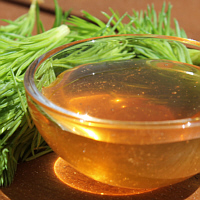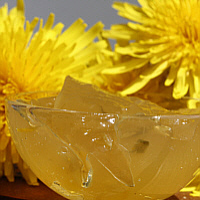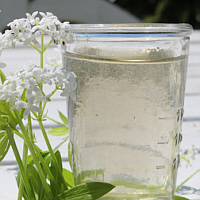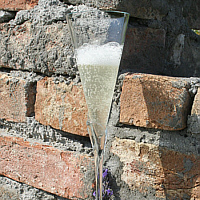Recipes

More than a dozen wild fruits can be culinary utilised and enrich your conventional menu in a healthy matter. There are a lot of possibilities. Classic processing methods are the own production of jam, marmalade or jelly. The last one is mainly produced from juicy fruits like elder berries or mulberries. Of lingonberries or the fruits of the Service tree you can make a fine compote, furthermore many berries are suited mainly in combination with classic fruit for the production of sauces and chutneys.
There are also many ideas for a formulation in a liquid kind. The bandwith is here considerably too. You can produce just juice but also sirup or alcoholic liquids. You can ferment elder flowers to sparkling wine, furthermore it is possible to produce liqueur or hard liquor oneself. Furthermore many wild fruits are suited for the production of flavoured vinegar. I tested all here presented recipes.




